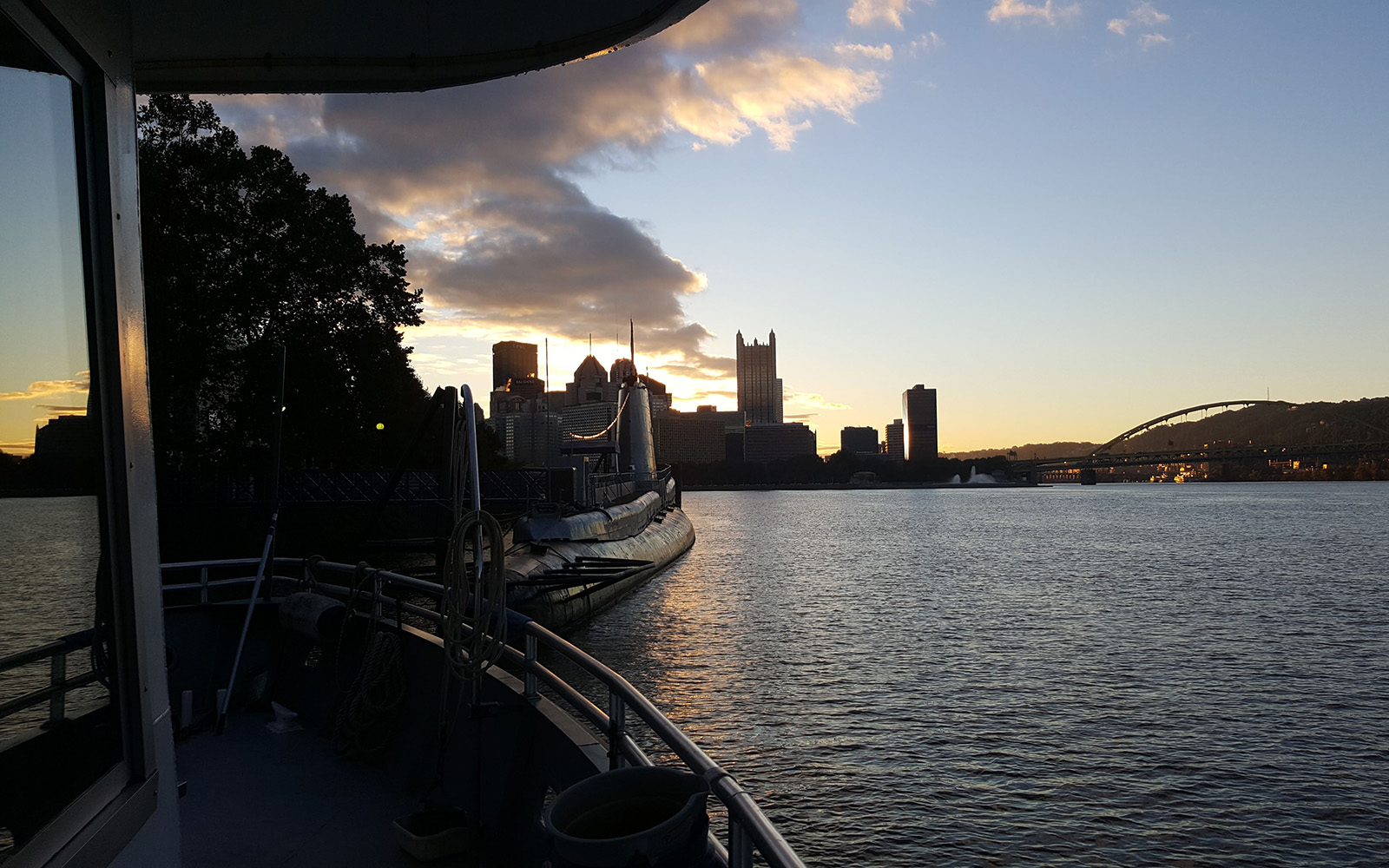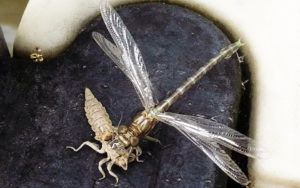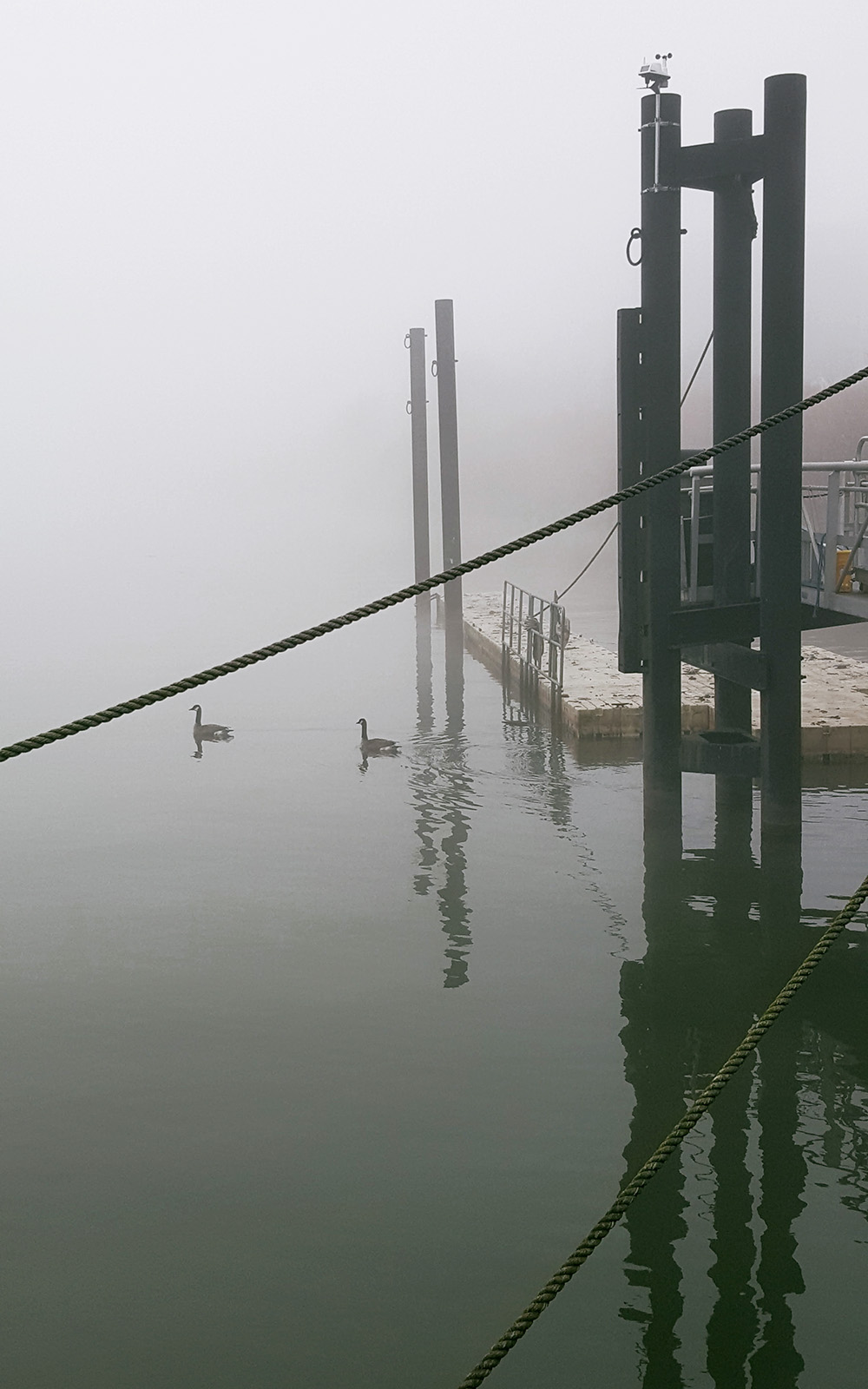
By Suzi Bloom, Director of Education | Image of the Point from the Explorer riverboat
 An Opportunity to Explore: City Nature Challenge
An Opportunity to Explore: City Nature Challenge
As we prepare to mark the 50th Earth Day on April 22, 2020, we invite you to embrace the healing power of nature. Once dubbed “The Smoky City,” Pittsburgh now has a thriving urban ecosystem. After decades of historical pollution during periods of industrialization, Pittsburgh’s three rivers now have a lot to offer in the way of aquatic species diversity. Additionally our backyards and urban parks are filled with the sights, sounds, and smells of nature exploding into spring.
The spring weather also has me missing our students on the Explorer riverboat, who under normal circumstances would currently be hard at work as citizen scientists studying the aquatic ecosystems of Pittsburgh’s three rivers, affectionately known as the Mon, the Al, and the O.
Through Rivers of Steel’s commitment to programming that supports the region’s natural and shared resources, approximately 3,000 students in grades 4-12 participate annually in the Environmental Science on the Three Rivers field trip aboard the Explorer.
During the Environmental Science on the Three Rivers field trip, students learn that the plants, animals, insects, microbes, rocks, soil, sunlight, and water found in and around Pittsburgh’s rivers all come together to form a valuable aquatic ecosystem.
My personal favorite activity during the field trip is the macroinvertebrates lab. Students collect and identify benthic macroinvertebrates, which are considered an indicator species to determining river health. Benthic macroinvertebrates live among stones, logs, sediments and aquatic plants on the bottom of streams, rivers and lakes. They are large enough to see with the naked eye (macro) and have no backbone (invertebrate). Some examples of past student findings include mayfly and dragonfly nymphs, both of which are useful indicators of improving river health.


While we are all adjusting to learning and engaging in experiences from home, there is still an opportunity to explore and share the diversity of Pittsburgh and Southwestern PA’s natural resources that includes the watery world of macroinvertebrates. The City Nature Challenge is back in Pittsburgh for Earth month 2020 and is facilitated locally by the Carnegie Museum of Natural History. Kicking off April 24, the challenge runs to the end of the day April 27. Participation is easy! All you need is a camera and the free iNaturalist app (a camera phone or tablet if you have one).
iNaturalist is an online database that collects your photographic observations of nature. Those observations are then used by scientists and resource managers to understand when and where organisms occur. Every observation can help contribute to biodiversity science via scientific data repositories like the Global Biodiversity Information Facility.
This year, in light of the COVID-19 pandemic, the challenge is modified to help keep organizers and participants safe. Using the free iNaturalist app, let’s work together virtually with cities around the world to safely document biodiversity in whatever way we can, even at home or in our neighborhoods.
Recommended resources to learn more about identifying organisms in Pennsylvania
 The Atlas of Common Freshwater Macroinvertebrates of Eastern North America
The Atlas of Common Freshwater Macroinvertebrates of Eastern North America
PA Fish & Boat Commission Guide to Pennsylvania Fishes
Audubon Guide to North American Birds
Center for Freshwater Biology: An Image-Based Key to the Zooplankton of North America
Pennsylvania Native Plant Society
Guide to Images
All photographs by Suzi Bloom
Image 1: View of the Point from Explorer
Image 2: Dragonfly nymph
Image 3: Adult dragonfly emerging from nymph exoskeleton
Image 4: Canada geese as seen from the stern of Explorer

 An Opportunity to Explore: City Nature Challenge
An Opportunity to Explore: City Nature Challenge





